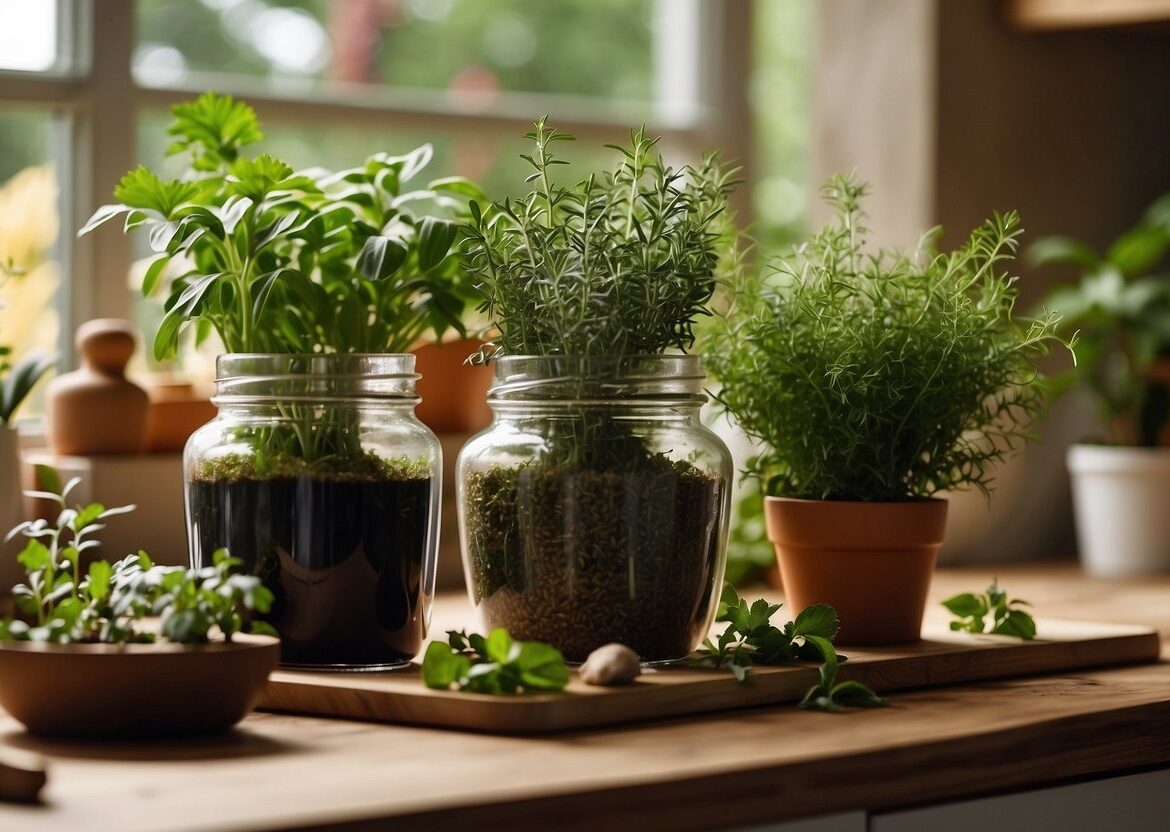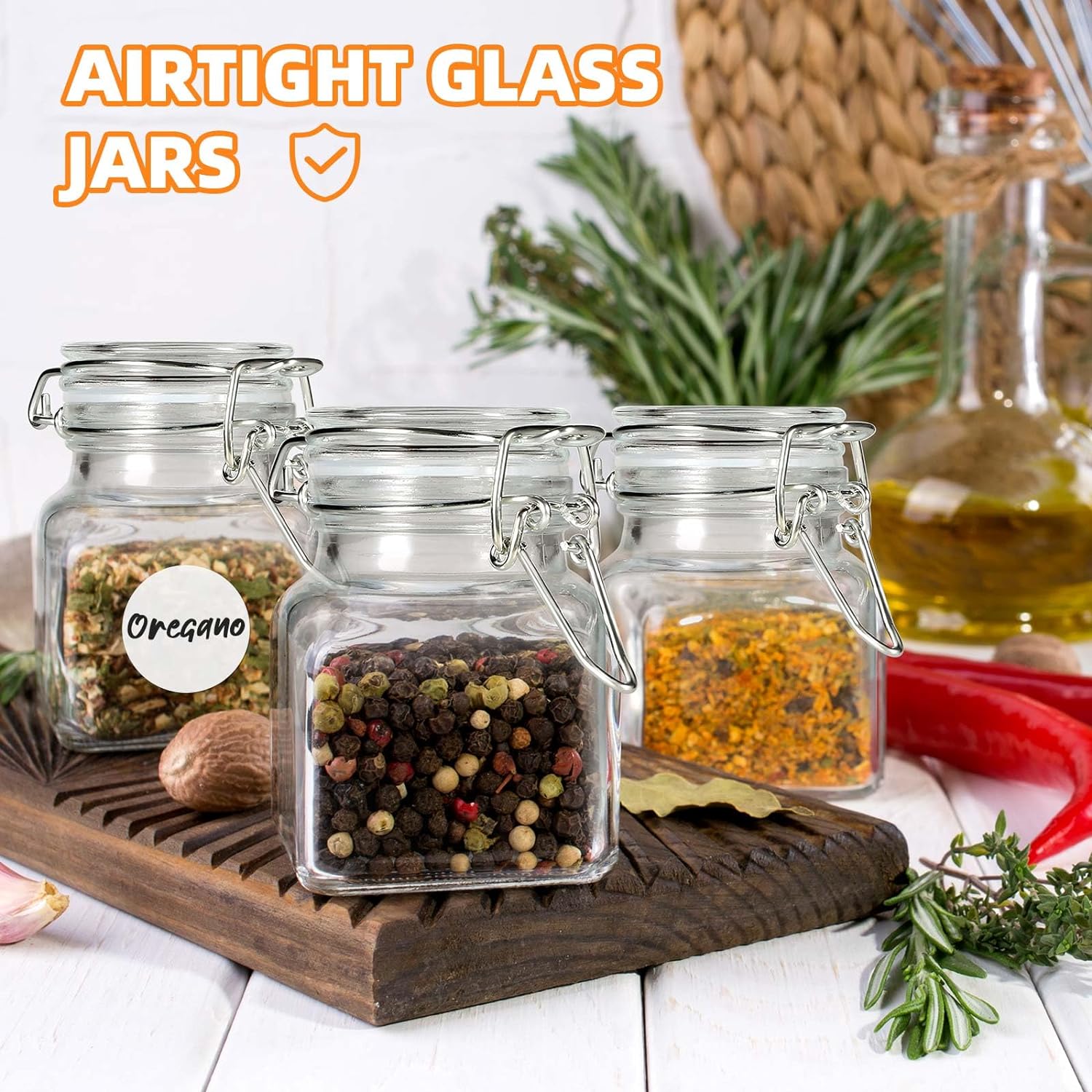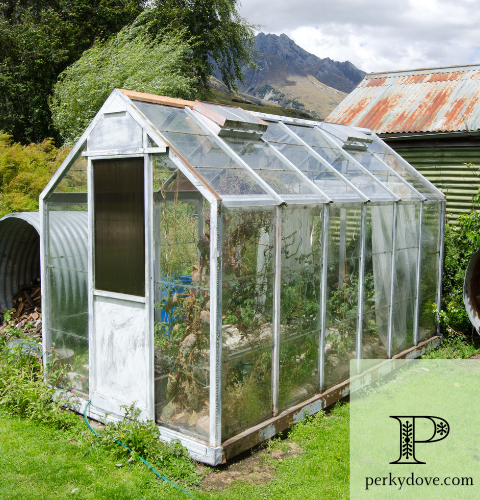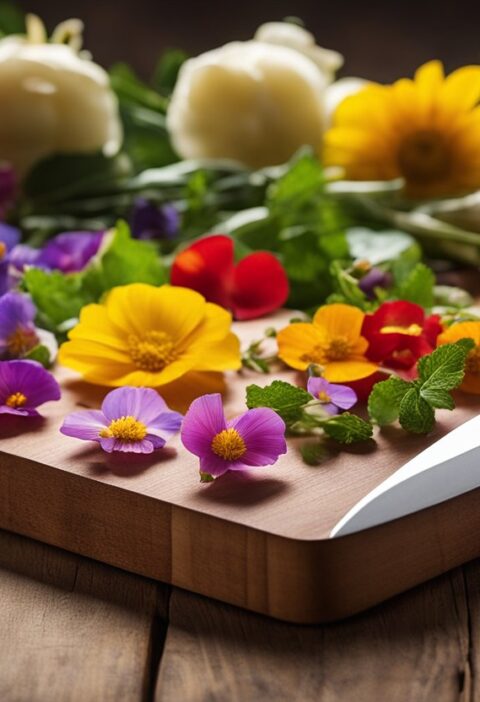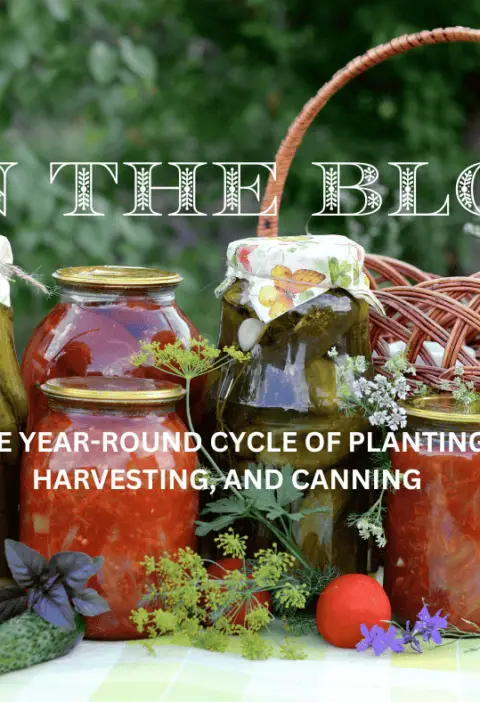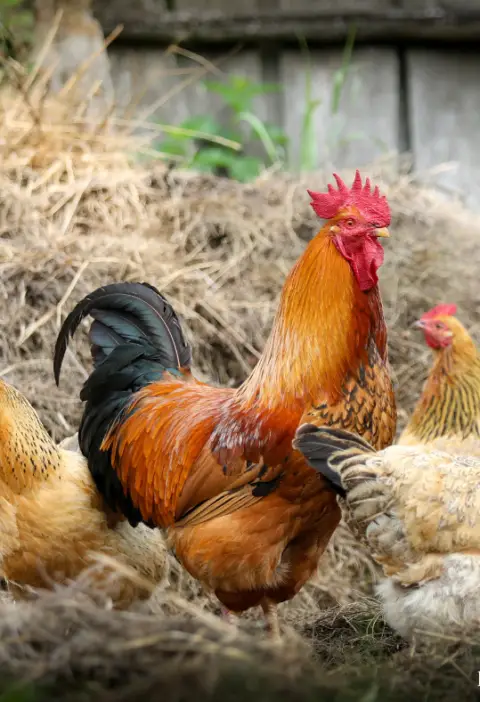When it comes to adding flavor to your meals, nothing beats fresh herbs. Not only do they add depth and complexity to your dishes, but they also offer a range of health benefits. Growing herbs in your kitchen is an easy and convenient way to ensure you always have access to fresh, flavorful ingredients.
Whether you have a spacious kitchen or a small apartment, there are plenty of herbs that can thrive in
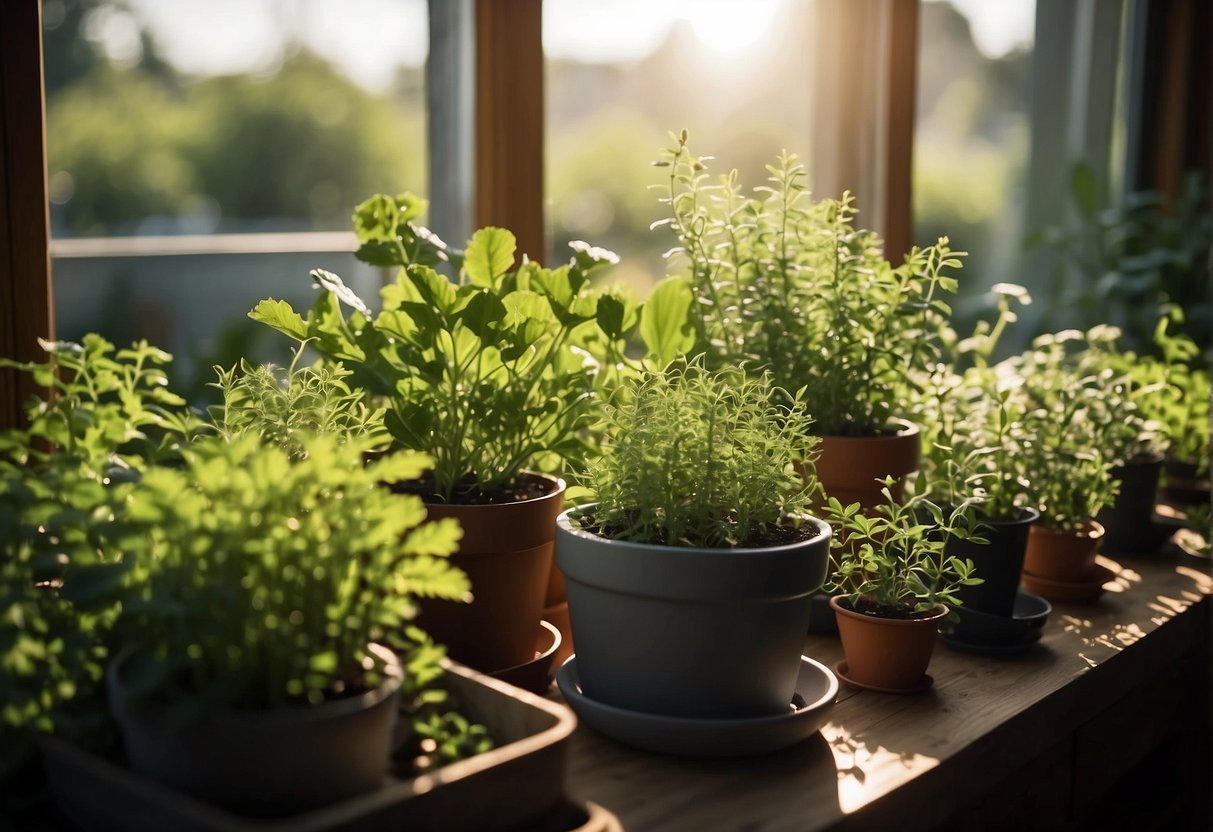
Personalized Wellness Advice Generator Enter a health goal or wellness area you're interested inDisclaimer: Perky Dove Coffee is a participant in the Amazon Services LLC Associates Program, an affiliate advertising program designed to provide a means for sites to earn advertising fees by advertising and linking to Amazon.com. Some of the coffee brands mentioned in our blogs may contain affiliate links, which means that if you click on one of the product links, we may receive a small commission. This helps support us and allows us to continue to find great deals for our online customers. We only recommend products that we genuinely believe in and have personally tried. Thank you for your support!
Essential Herbs to Start With
As someone who loves to cook, I find that having a few fresh herbs on hand can really elevate a dish. Growing your own herbs is not only cost-effective but also a fun and rewarding experience. Here are https://amzn.to/3X0WaLasome essential herbs to start with in your kitchen garden:
Basil
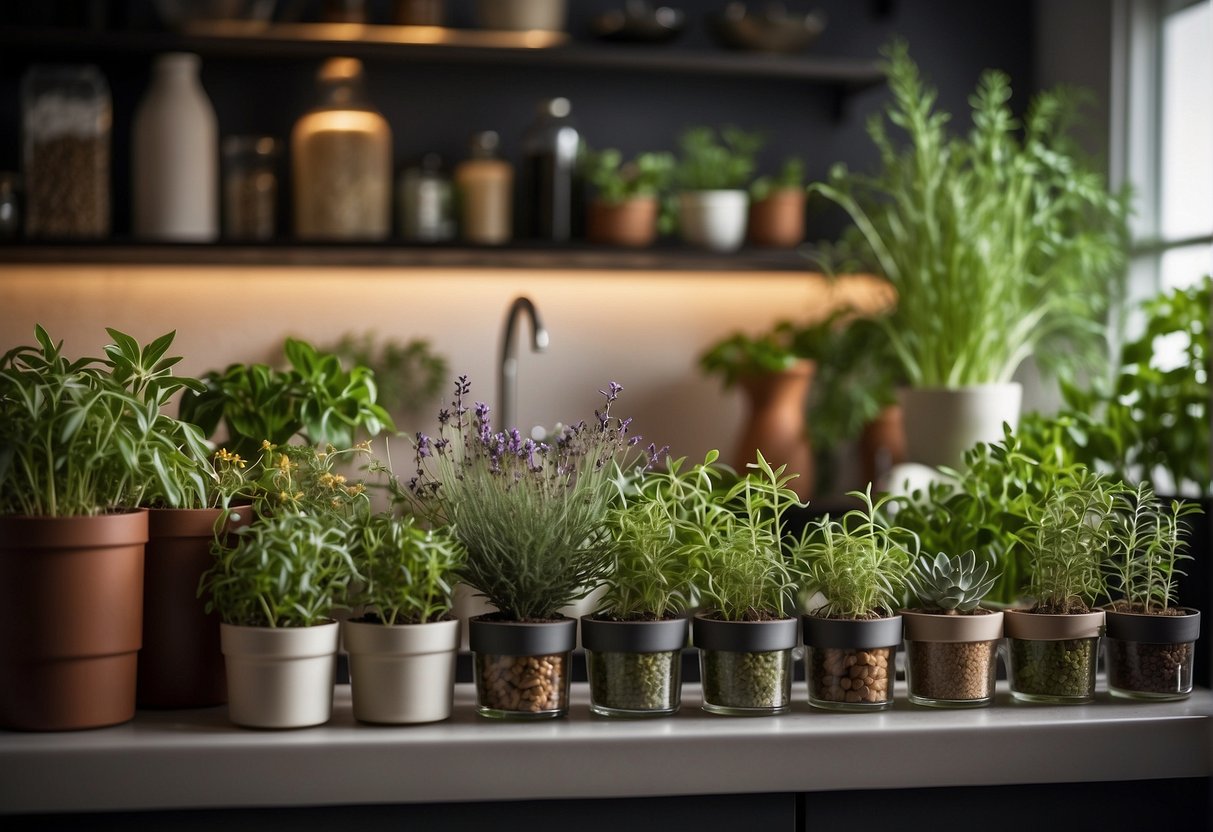
Basil is a versatile herb that is a staple in Italian cuisine. It is easy to grow and adds a fresh and fragrant flavor to any dish. I recommend starting with sweet basil, which has large, tender leaves and a mild flavor. Basil needs plenty of sunlight and well-draining soil to thrive.
Mint
Mint is another easy-to-grow herb that can be used in a variety of dishes. It has a refreshing and cooling flavor that pairs well with sweet and savory dishes. I suggest starting with spearmint, which has a milder flavor than peppermint. Mint prefers moist soil and partial shade.
Cilantro
Cilantro, also known as coriander, is a popular herb in Mexican and Asian cuisine. It has a bright, citrusy flavor that pairs well with spicy dishes. Cilantro is a fast-growing herb that prefers cool temperatures and well-draining soil.
Parsley
Parsley is a mild-flavored herb that is often used as a garnish. However, it can also be used to add flavor to soups, stews, and sauces. I recommend starting with flat-leaf parsley, which has a stronger flavor than curly parsley. Parsley prefers well-draining soil and partial shade.
Chives
Chives are a member of the onion family and have a mild, onion-like flavor. They are often used as a garnish or in egg dishes. Chives are easy to grow and prefer moist soil and partial shade.
By starting with these essential herbs, you can begin to build a kitchen garden that will add flavor and freshness to your cooking. Happy growing!
Choosing the Right Containers
When it comes to growing herbs in your kitchen, choosing the right containers is crucial. Here are some factors to consider:
4 oz Small Glass Jars with Airtight Hinged Lids, Spice Herb Jars with Labels and Silicone Funnels, 4oz Glass Jars with Lids Ideal for Spice Herbs
Size
The size of the container should be appropriate for the herb you want to grow. Smaller herbs like thyme and oregano can thrive in small pots, while larger herbs like basil and parsley need bigger containers to grow properly.
Drainage
Proper drainage is essential to prevent water from accumulating in the soil and causing root rot. Make sure your containers have drainage holes at the bottom.
Material
There are many types of containers available, including plastic, ceramic, and terracotta. Plastic containers are lightweight and easy to clean, while terracotta containers are porous and allow for better airflow. Ceramic containers are a stylish option, but they can be heavy and breakable.
Location
Consider where you will be placing your containers. Herbs need plenty of sunlight, so make sure they are placed in a sunny spot. If you have limited space, consider using a hanging planter or a vertical garden to maximize your growing area.
By considering these factors, you can choose the right containers for your herbs and give them the best chance to thrive in your kitchen.
Understanding Light Requirements
Sunlight Exposure
When it comes to growing herbs in your kitchen, understanding the light requirements of each plant is crucial to their success. Most herbs require at least 6 hours of sunlight per day, so it’s important to place them in a sunny spot near a window. South or west-facing windows are best as they receive the most light throughout the day.
If you don’t have a sunny window, you can still grow herbs indoors by using artificial lighting. However, it’s important to note that the intensity and duration of light will vary depending on the type of herb. Some herbs, such as basil and parsley, require more light than others, such as thyme and mint.
Artificial Lighting Options
There are many different types of artificial lighting options available for growing herbs indoors. LED grow lights are a popular choice as they are energy efficient and provide a full spectrum of light that mimics natural sunlight. They are also adjustable, allowing you to control the intensity and duration of light.
Fluorescent lights are another option, but they are not as energy efficient as LED lights. They also emit more heat, which can be a concern in smaller spaces. However, they are a more affordable option and can still be effective for growing herbs.
When using artificial lighting, it’s important to keep the light source close to the plants. Most herbs require light to be within 6-12 inches of the plant, so be sure to adjust the height of the light as the plant grows.
Overall, understanding the light requirements of your herbs is key to their success. By providing the right amount and type of light, you can ensure your herbs thrive in your kitchen.
Soil and Fertilization Essentials
As an avid herb gardener, I know that the quality of soil and fertilization is crucial for the growth and health of herbs. Here are some essential tips to keep in mind when growing herbs in your kitchen:
Soil
The soil you use for your herbs should be well-draining and rich in nutrients. You can purchase pre-mixed potting soil or create your own by mixing equal parts of peat moss, perlite, and vermiculite. It’s important to avoid using garden soil as it can contain pests and diseases that can harm your herbs.
Fertilization
Herbs require regular fertilization to thrive. You can use organic or synthetic fertilizers, depending on your preference. Organic fertilizers such as compost and manure are great options as they provide slow-release nutrients to the soil. Synthetic fertilizers, on the other hand, provide a quick boost of nutrients but can be harmful to the environment if not used correctly.
When fertilizing your herbs, it’s important to follow the instructions on the package and not over-fertilize. Over-fertilization can lead to nutrient burn and can harm your herbs. It’s also a good idea to fertilize your herbs during their growing season, which is typically from spring to fall.
By following these soil and fertilization essentials, you can ensure that your herbs grow healthy and strong in your kitchen.
Watering Techniques and Tips
As someone who has grown herbs in my kitchen for years, I have learned that watering is one of the most important aspects of herb care. Here are some watering techniques and tips that have worked for me:
1. Don’t overwater
Overwatering is a common mistake that can lead to root rot and other problems. It’s important to let the soil dry out between waterings. How often you water your herbs will depend on the type of herb, the size of the pot, and the humidity in your kitchen. As a general rule, I water my herbs once a week, but I always check the soil first to make sure it’s dry.
2. Use room temperature water
Using cold water straight from the tap can shock the roots of your herbs. Instead, let the water sit out for a few hours to come to room temperature before watering your plants. This will help prevent stress on the roots and keep your herbs healthy.
3. Use a watering can or spray bottle
When watering your herbs, it’s important to be gentle. I prefer to use a watering can or spray bottle to avoid disturbing the soil and roots. This also allows me to control the amount of water I’m using and avoid overwatering.
4. Consider the pot and drainage
The type of pot you use and the drainage it provides can also affect how often you need to water your herbs. Make sure your pot has drainage holes to prevent water from sitting in the bottom and causing root rot. Additionally, clay pots tend to dry out faster than plastic pots, so you may need to water your herbs more frequently if you’re using a clay pot.
By following these watering techniques and tips, you can help your herbs thrive and enjoy fresh, flavorful herbs in your kitchen all year round.
Temperature and Humidity Control
Maintaining the right temperature and humidity levels is essential for the healthy growth of herbs in your kitchen. Most herbs grow best in temperatures ranging from 60°F to 75°F (15°C to 24°C). However, some herbs like basil and cilantro prefer warmer temperatures around 70°F to 80°F (21°C to 27°C).
Humidity is also a crucial factor to consider when growing herbs in your kitchen. Most herbs prefer a moderate level of humidity, around 40% to 60%. If the humidity is too low, the leaves of your herbs may dry out and become brittle. On the other hand, if the humidity is too high, your herbs may be susceptible to fungal diseases.
To control the temperature and humidity levels in your kitchen, you can use a few simple techniques. Here are some tips:
- Use a thermometer to monitor the temperature in your kitchen. If the temperature is too low, you can use a space heater to warm up the room. If the temperature is too high, you can use a fan or air conditioner to cool down the room.
- To increase humidity levels, you can place a tray of water near your herbs or use a humidifier. You can also mist your herbs with water using a spray bottle.
- To decrease humidity levels, you can use a dehumidifier or open windows to let in fresh air.
By maintaining the right temperature and humidity levels, you can ensure that your herbs grow healthy and strong in your kitchen.
Pest Management in Kitchen Herb Gardening
As a kitchen herb gardener, I know how frustrating it can be to deal with pests. However, there are several ways to manage pests without using harmful chemicals.
One effective method is companion planting. Certain plants can repel pests, while others attract beneficial insects that prey on pests. For example, planting basil alongside tomatoes can help repel tomato hornworms.
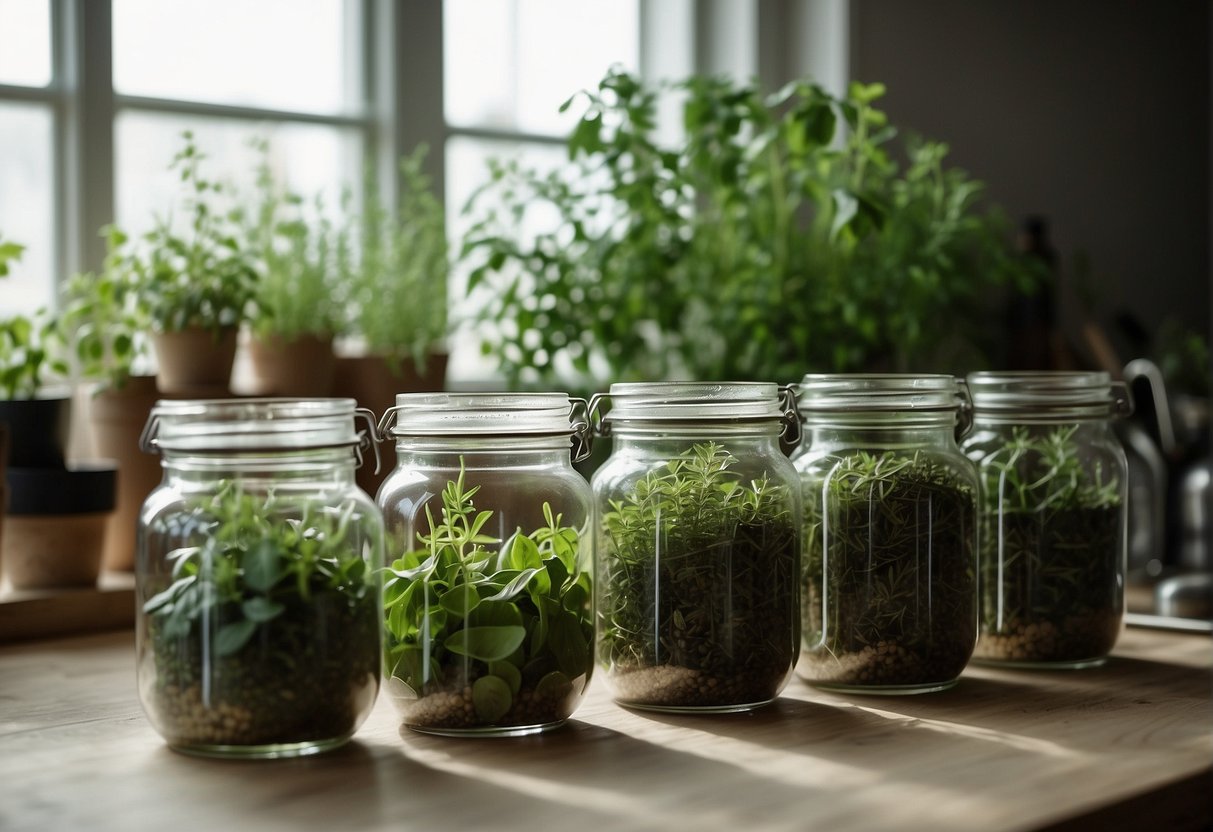
Another option is to use natural pest repellents. Some herbs, such as mint and lavender, have strong scents that can repel pests. You can also make a homemade pest repellent spray by mixing water and a few drops of essential oil, such as peppermint or rosemary.
Regular maintenance is also important in pest management. Keep your plants healthy by providing adequate water and sunlight, and removing any dead or diseased leaves. This can prevent pests from infesting weakened plants.
In addition, it’s important to inspect your plants regularly for signs of pests. Early detection can prevent an infestation from spreading. If you do find pests, try removing them by hand or using a gentle spray of water to wash them off.
By using these methods, you can manage pests in your kitchen herb garden without harming the environment or your health.
Harvesting and Storing Homegrown Herbs
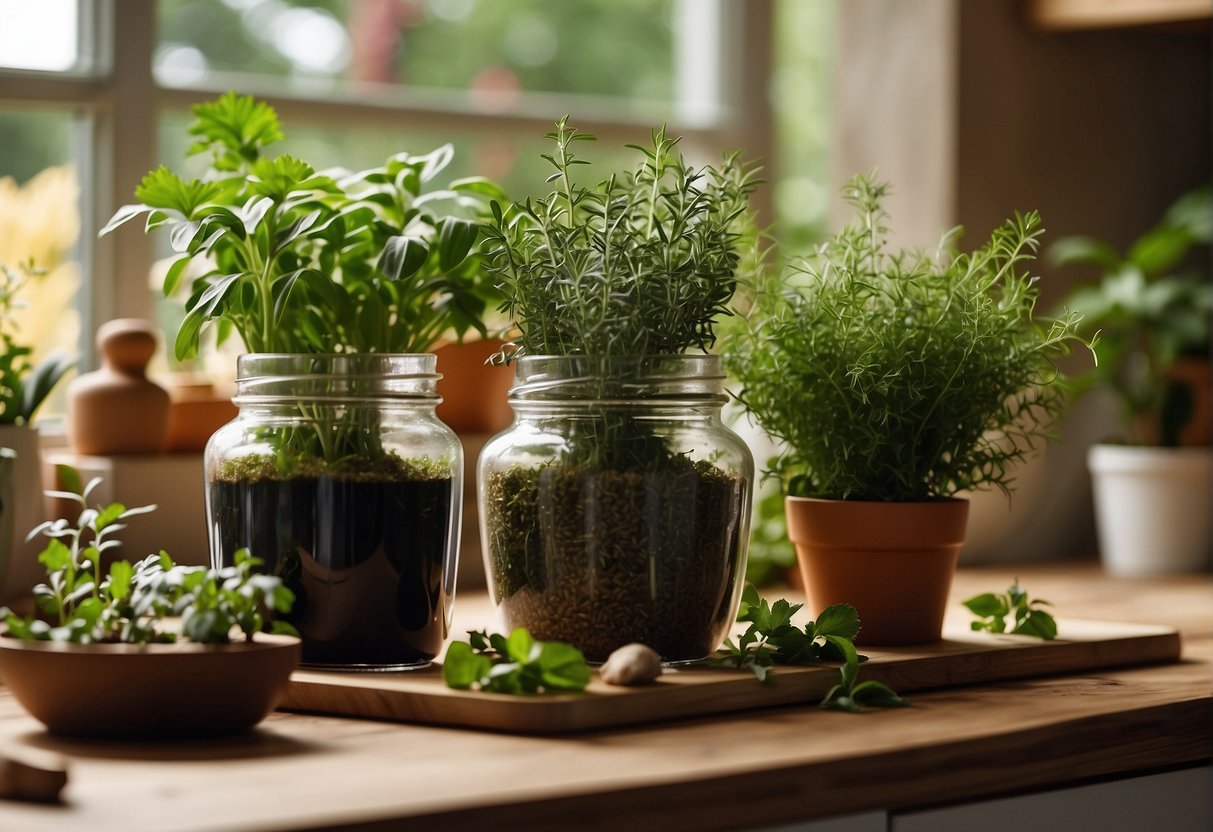
As an avid gardener, I find that there is nothing more satisfying than harvesting fresh herbs from my own kitchen garden. Homegrown herbs are not only flavorful, but they are also more nutritious than store-bought ones. Here are some tips on how to harvest and store your homegrown herbs to ensure that they retain their flavor and aroma for as long as possible.
Harvesting Herbs
When it comes to harvesting herbs, timing is everything. The best time to harvest herbs is in the morning, after the dew has dried but before the sun gets too hot. This is when the essential oils that give herbs their flavor and aroma are at their peak.
To harvest herbs, use a sharp pair of scissors or pruning shears to snip off the stems just above a set of leaves. Be sure to leave at least two-thirds of the plant intact so that it can continue to grow and produce more leaves.
Storing Herbs
Once you have harvested your herbs, it is important to store them properly to ensure that they retain their flavor and aroma. Here are some tips on how to store your homegrown herbs:
- Wash and dry the herbs thoroughly before storing them.
- Wrap the herbs in a damp paper towel and place them in a plastic bag. Alternatively, you can place the herbs in a jar filled with water and cover the jar with a plastic bag.
- Store the herbs in the refrigerator, preferably in the crisper drawer. Most herbs will last for up to a week when stored this way.
- To preserve herbs for longer periods, you can also freeze them. Simply chop the herbs finely and place them in an ice cube tray. Fill the tray with water and freeze. When you need the herbs, simply pop out a cube and use as needed.
By following these simple tips, you can enjoy the flavor and aroma of your homegrown herbs for weeks to come.
Innovative Kitchen Herb Garden Ideas
If you’re looking for new and exciting ways to grow herbs in your kitchen, here are some innovative ideas to consider:
Vertical Gardening
One way to maximize space in your kitchen is by using vertical
Vertical gardens are not only space-efficient but also visually appealing. They can add a touch of greenery to your kitchen and make it look more inviting.
Hydroponic Systems
If you’re interested in high-tech
Hydroponic systems are ideal for growing herbs in a controlled environment. They can be set up in a small space and require minimal maintenance. Plus, they allow you to grow herbs year-round, regardless of the weather outside.
Window Box Gardening
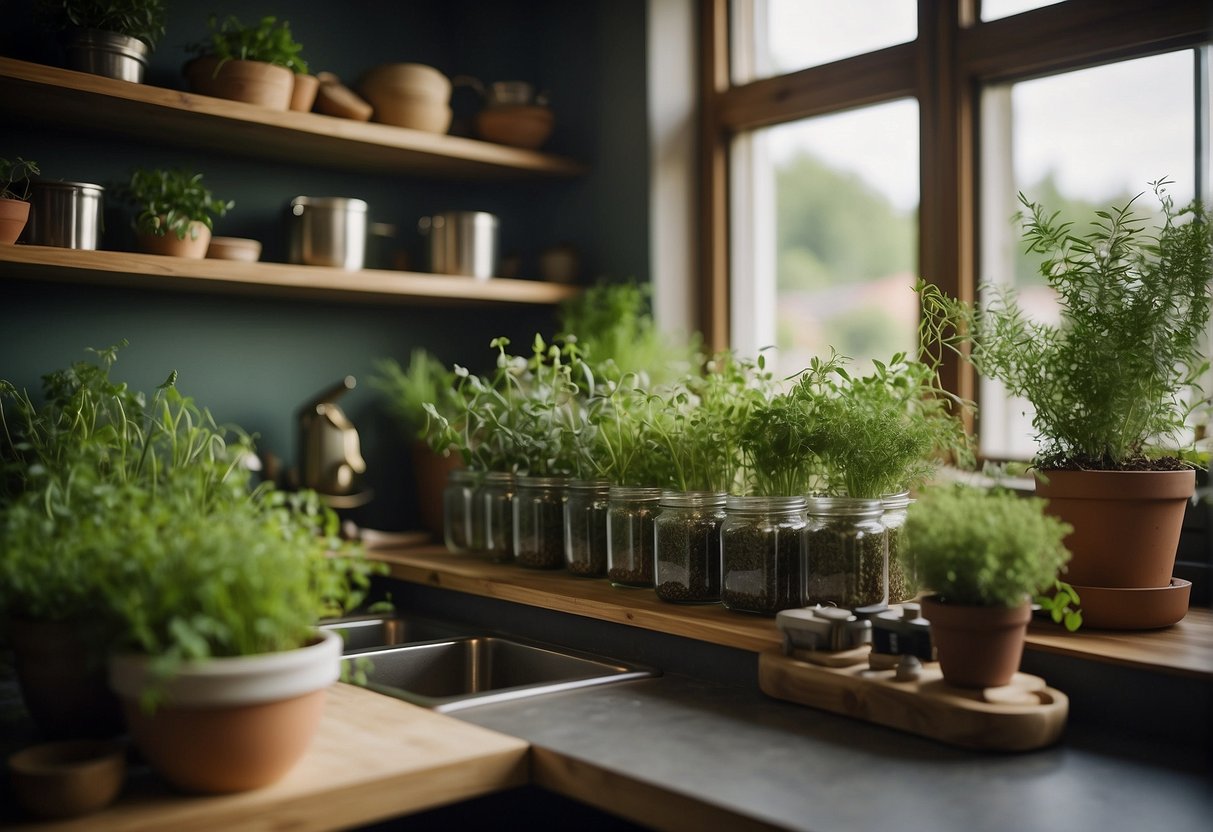
Window box
Window box
By trying out these innovative kitchen herb garden ideas, you can create a unique and functional space that allows you to grow fresh herbs for cooking and garnishing.
Health Benefits of Kitchen Herbs
As an avid gardener and cook, I always try to incorporate fresh herbs into my meals. Not only do they add flavor and aroma, but they also provide numerous health benefits. Here are some of the health benefits of the best herbs to grow in your kitchen:
Basil
Basil is a great source of vitamin K, which is important for maintaining healthy bones and preventing blood clotting. It also has anti-inflammatory properties and can help reduce swelling and inflammation.
Rosemary
Rosemary contains antioxidants that can help protect your body from damage caused by free radicals. It also has anti-inflammatory properties and can help improve digestion.
Thyme
Thyme is rich in vitamin C, which is essential for a healthy immune system. It also has antibacterial properties and can help fight off infections.
Parsley
Parsley is a good source of vitamin A, which is important for maintaining healthy vision. It also has anti-inflammatory properties and can help reduce the risk of chronic diseases.
Sage
Sage has been used for centuries for its medicinal properties. It has anti-inflammatory properties and can help improve brain function and memory.
By growing these herbs in your kitchen, you can easily incorporate them into your meals and reap their health benefits.

